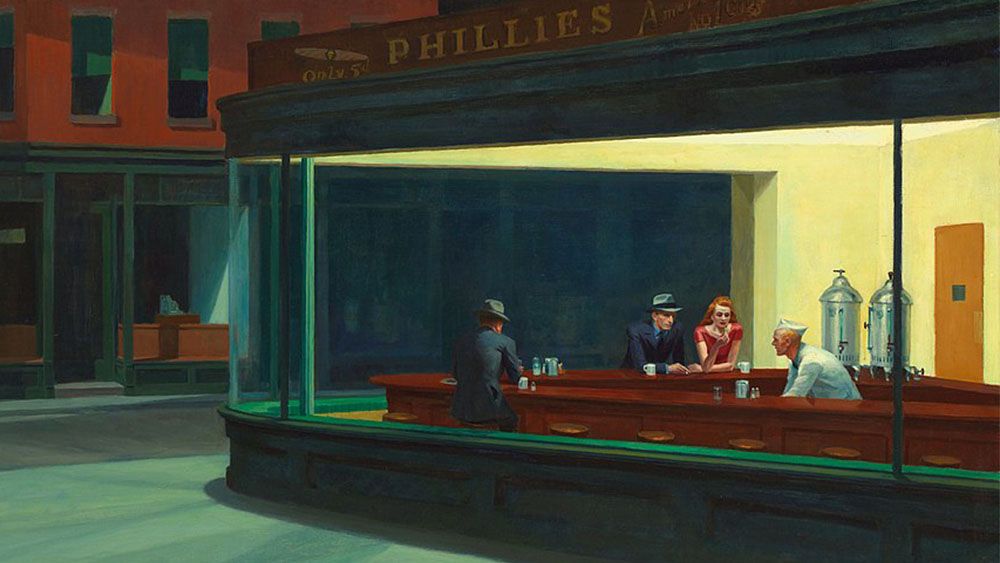
Another week, and someone's found another new use for applying AI to classic artwork. But is is really an upgrade?
Three years ago, famous paintings were being used to showcase so-called outpainting or generative expand tools that could 'uncrop' paintings, and then we had AI video adding animation to masterpieces of art. Now someone's discovered that Google's latest AI model can take us inside a painting, allowing us to explore it as if the artwork were a 3D scene.
The tech's demonstrated with Edward Hopper's Nighthawks in the video shared on X below. But is Google missing the point of art?
Something fun we discovered: you can use Genie 3 to turn an iconic artwork into slop garbage. pic.twitter.com/1EfFt7uzjdAugust 11, 2025
OpenAI's launch of GPT-5 wasn't the only big AI news last week. Google announced Genie 3, a general purpose world model that can generate interactive environments from text prompts. The generations can be navigated in real time at 24 frames per second, retaining consistency for a few minutes at a resolution of 720p.
As demonstrated by research scientist Aleksander Holynski in the video above, it's possible to use famous paintings as reference images. That allows the user to 'step inside' the painting and adjust the view. The AI generates additional details outside of the composition of the original painting, allowing it to be viewed from other angles.
It might be an attention-grabbing way to showcase what Genie 3 can do for other more valid applications, but surely this use case ignores the point of art? Artists and photographers who create still images choose a composition with an intention, not because that was their only option.
The geometry of a scene is a huge part of what tells the story and gives an artwork its meaning. That's what art is – not the just the physical process of making the piece, but the decision making in terms of what the viewer should see.
That's particularly the case in piece like Nighthawks where the still emptiness of the scene and our distance from the subjects gives the piece its atmosphere of isolation and loneliness. AI enthusiasts might think that by turning Nighthawks into an interactive walk-through experience is an upgrade, but it's the opposite. It removes all the mystery that made the piece so powerful, which may be why the viewer in the video above seems to quickly get bored with Hopper's scene and turn their interest to the dark alley instead.
Painted in 1942, Nighthawks is now in the public domain in the United States, but giving other works of art for the same treatment is likely to raise yet more copyright concerns around AI art. This is an issue that has yet to be resolved and seems to have been responsible for some of Disney's AI setbacks.







